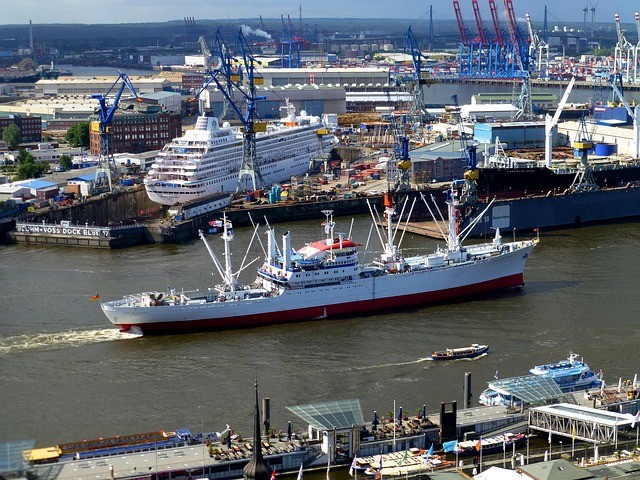Looking back through history, it is clear that boats before the 18th Century were made using oak. This was a good option back then because wood is very buoyant and allows for distant sea travel. The problem many sailors encounter with such a delicate material is shipworm, especially in the tropical seas. These wood-boring mollusks could easily destroy oak and cause a lot of damage on a ship’s structure that sailing in open water becames very dangerous.
Thankfully, the issue will no longer plague sailors and explorers after the Muntz Metal was invented.
The History of Muntz Metal
The name of this specific metal is credited to its inventor, one English businessman named George Fredrick Muntz. He was responsible for commercializing this specific alloy back in 1832. Another common name for the metal is “yellow metal” due to its distinct yellowish tint. Mr. Muntz patented the combination of 60% copper, plus 40% zinc, and traces of iron to create this revolutionary alloy that is still widely popular today.
Yellow metal was first created for use as a copper sheathing replacement for the bottom of the boat. It was discovered that the alloy retained copper’s antifouling capability while at the same time costing one-third cheaper than pure copper. From the yellow metal sheets, Muntz soon started to expand the uses of the metal into a protective sheath for the piles of piers on tropical seas to ward off shipworms. Not long after the alloy was also used for bolts on ships.
Why the Success?
Aside from the antifouling properties that Muntz Metal possessed and the fact that it was significantly cheaper than pure copper, there are various reasons for its popularity and success back in the day. Since air travel was not yet an option, stronger and more reliable boats were a must. The demand for this type of metal increased.
The alloy’s resistance to saltwater corrosion, plus the enhanced strength upon the addition of iron made Muntz Metal the best for marine applications. The success of the metal can also be attributed to his patenting of his creation, which gave Muntz ownership and control over yellow metal production.
What are the modern-day applications?
Muntz Metals has a composition that is classified as a type of alpha-beta brass. They are also called duplex brasses and are known to be harder and stronger compared to the alpha brass. Although Muntz patent has already expired and such innovations like the naval and admiral brass are being used today, there is still a demand for yellow metal when it comes to marine uses.
Today, there are some architects and designers who incorporate the use of yellow metal in their project. Mainly because it is cheaper than copper, but aside from the price these are great reasons why Muntz Metals are still popular today:
- Brilliant and beautiful gold color
- Strong, rigid, and harder compared to other brass alloys
- Ductile, perfect for pressing and stamping
- Excellent for soldering and welding
- Corrosion resistant
The combination of these excellent qualities makes the yellow metal very versatile and allows for other uses aside from the typical maritime applications. They are perfect when used for furniture fittings inside residential homes and even on ships. They can also be used as pipes and tubes around the home because the alloy deters the growth of bacteria and other living contaminants which means it is practical as well as decorative.
Find Your Use for the Muntz Metal
Since naval and admiral brasses were created the popularity of the Muntz Metal might have weaned a little, but you can still get creative with it. It is still the first of its kind and will always be known for its excellent qualities. Contact your local metal supplier for its availability and see how you can start incorporating the metal in your life.
Sources:
Copper and Brass in Ships, Copper.org
New Muntz Metal C280 Brass Sheet, OnlineMetals.com


